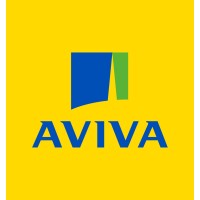Direct Line returns to profit
Direct Line Group returned to profitability in the first half of 2024, driven by strong premium growth and improved margins. CEO Adam Winslow highlighted the company’s ongoing transformation efforts and a commitment to achieving its strategic targets, including £100 million in cost savings by the end of 2025 and a 13% net insurance margin by 2026.
“In the first half of the year we delivered strong premium growth and returned to profitability. The actions we have taken are beginning to make a difference but there is more to do. We will continue to drive business transformation during the second half of 2024 and into 2025, as our new high calibre management team continues to arrive. We remain committed to the strategy announced in July at the Capital Markets Day and are working to deliver on our targets of at least £100 million of gross cost savings, on a run-rate annualised basis, by the end of 2025 and a 13% net insurance margin in 2026.” – Adam Winslow.
The group’s gross written premiums surged by 53.5% to £1.84 billion, bolstered by the Motability partnership, with underlying growth at 11.4%. Despite a 3.1% decline in in-force policies, Motor margins showed improvement, maintaining a net insurance margin above 10%. Non-Motor lines outperformed with a 13.7% growth and an 11.6% margin.
Direct Line reported a pre-tax profit of £62 million, a significant turnaround from a £76 million loss in the same period last year. The solvency capital ratio improved to 200%, enabling the group to declare a 2.0 pence per share dividend.
The company plans to boost its Motor business by getting listed on more comparison websites and aims to grow its Non-Motor insurance business by 7% to 10% each year until 2026.
Direct Line also shared it’s is implementing over 50 cost reduction initiatives, including limiting non-essential recruitment, optimizing brand media spend, and reducing discretionary expenses, overseen by a newly established Central Transformation Office with a projected cost of £165 million, funded largely through planned capital expenditures. Additionally, it has paused investments in Pet, Travel, Creditor, and Select products to reallocate resources to higher-margin segments, exiting three partnerships in Travel and Rescue to reduce low-margin exposure and focus on areas with higher return opportunities.





